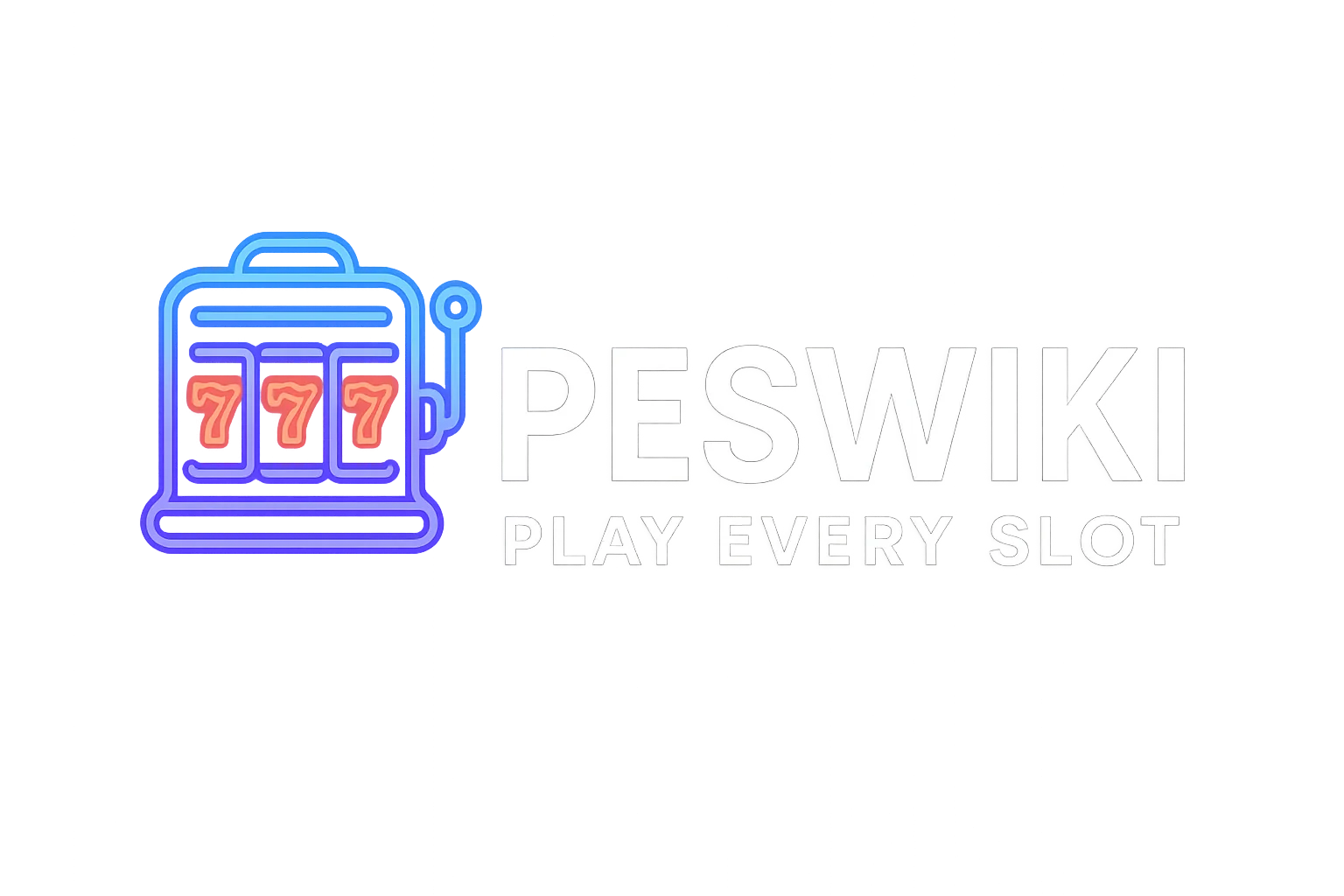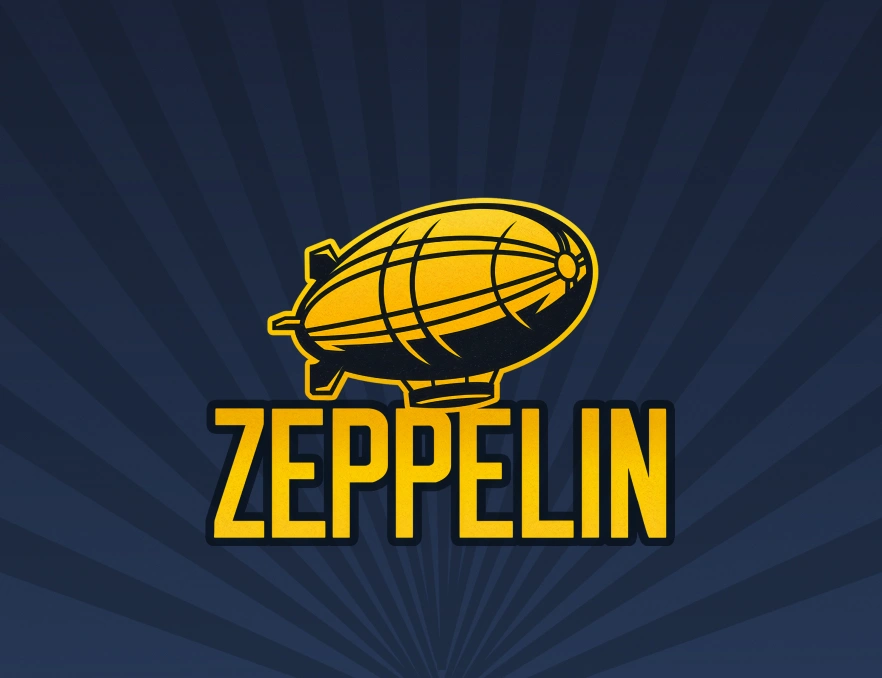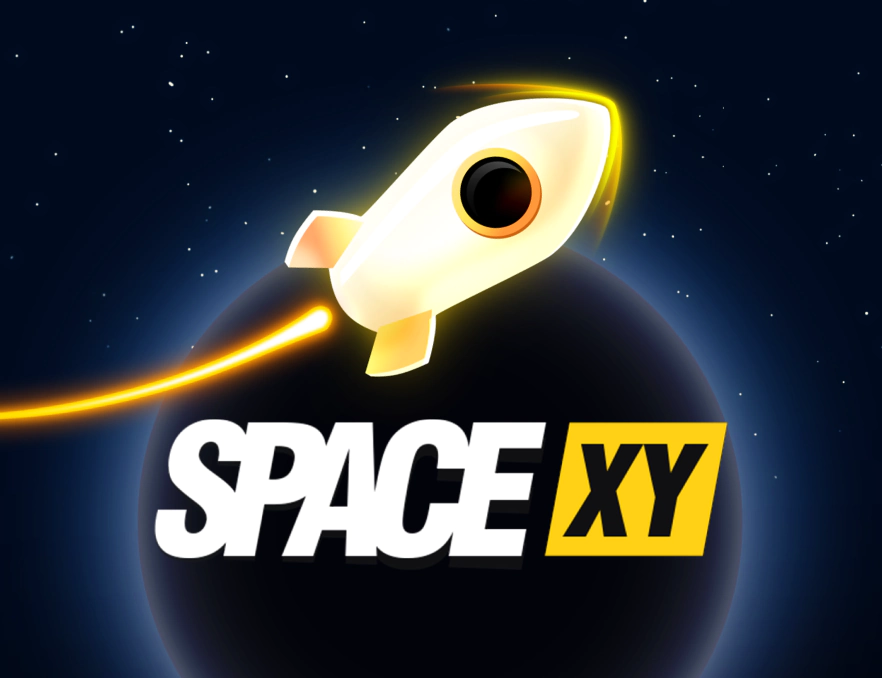Crash games attract players because they operate on a single escalating moment. Whereas slots rely on paylines, tumbling symbols, or bonus rounds, crash titles compress all the action into a rising multiplier. You begin at x1. You watch it climb. The game pays only if you cash out before it stops. This constant tension is what separates them from other gambling formats. The experience is clean, visual, and fast.
The category is defined by shared mechanics. Every crash game uses an increasing multiplier controlled by an RNG. Each round lasts a few seconds, which makes volatility naturally high. A player may cash out at modest x1.20 values for safe returns or risk waiting for extreme peaks. Unlike slots with 5×3 grids or large cluster layouts, crash games remove reels entirely. There are no paylines to count. There is only timing.
Betting ranges vary between providers, though most crash titles support wide minimum and maximum stakes to make the format accessible. Aviator, for example, is known for allowing two simultaneous bets so players can split their strategy — one safe cashout, one risky. Crash (Stake Originals) simplifies the action even further with a single rising curve that embodies the entire round. By comparison, other titles in the genre follow the same structural principles. The category rewards quick decision-making, and its minimalism is what keeps players returning.
The most recognised crash game titles and their impact
1. Aviator.
Aviator stands as the defining crash title. Its visual identity — a plane ascending with a multiplier beside it — shaped the entire category. The game revolves around a constantly increasing value that may reach modest or extreme highs before the aircraft flies away. What makes Aviator so distinctive is its rhythm. Rounds remain short, and the interface highlights every second of escalation. The game encourages players to choose between early, safe exits and high-risk waits. Its introduction of two simultaneous bets added strategic depth without complicating the user experience. Aviator’s clean design, real-time feed of other players’ wins, and signature multiplier curve helped establish what players now expect from the crash format. The core mechanics feel transparent, and the constant movement of the plane gives the game a sense of momentum that few alternatives match.
2. Crash (Stake Originals).
Crash (Stake Originals) brought another point of reference to the genre. The experience focuses on a single rising line that climbs in value until it abruptly falls. Its simplicity is intentional. Players place a bet, watch the multiplier rise, and cash out whenever they feel the curve is about to turn. The interface strips away distractions so that the rising line becomes the entire narrative. Crash (Stake Originals) also helped shape the identity of the category through its immediacy. There are no side features, no bonus rounds, no layered graphics. Its strength lies in how quickly each round begins and ends. The combination of speed, clean visuals, and unpredictability makes it a cornerstone title in the world of crash gaming.
3. JetX.
After Aviator and Crash (Stake Originals) set the structure, JetX expanded the category’s presence across online platforms. JetX follows the same core idea: an object moves upward while the multiplier grows. The appeal lies in its pacing and recognisable pattern of risk. Players familiar with Aviator feel at home immediately. JetX reinforced the notion that crash games are about reading moments rather than relying on paylines or stacked symbols. It contributed to shaping the genre by offering an alternative visual identity while staying true to the mechanics that define crash gameplay.
4. Lucky Crasher.
Lucky Crasher takes the familiar format and gives it a polished, colourful twist. The increasing multiplier remains the focus, but the theme brings a more energetic personality. Players enjoy the same strategic decision: cash out early or wait for extreme values. The game resonates with those who appreciate the simplicity of crash mechanics but want a brighter style. While Aviator and Crash (Stake Originals) built the structure, titles like Lucky Crasher show how the genre evolved with more expressive branding without altering the essential gameplay.
5. F777 Fighter.
Another notable title in the crash space, F777 Fighter continues the tradition of rapid-fire rounds and escalating multipliers. Its identity is built on a flying machine motif similar to other leaders in the category, though the pacing and thematic details give it a distinct visual feel. Like Aviator, F777 Fighter thrives on tension. The multiplier curve is the whole story, and players participate not by triggering features but by making a decision at the perfect second.
Across these titles, the through-line is consistent: fast rounds, rising values, and a single critical question — when to exit. No reels. No paylines. No complicated mechanics. This is why the category has grown so rapidly. The games deliver immediate energy and a constant sense of anticipation.
How providers shape the crash gaming experience
Different providers contribute to the style and personality of crash games. Those who enjoy classic crash titles often gravitate toward developers known for clean, minimalist design. Aviator made its mark with a visual identity built around a rising aircraft, while Crash (Stake Originals) defined the genre through raw simplicity. Players who enjoy traditional slots may look to studios like NetEnt or Pragmatic Play for their reel-based classics, but those seeking fast, controlled risk often transition to crash games instead. The alternative feels refreshing because crash gameplay offers continuous action rather than waiting for spins. It becomes a natural choice for players who want intensity in short bursts.
Meaning of the genre and closing thoughts
Crash games redefine what fast gambling looks like. They strip the experience down to rising values and one critical decision, which creates constant tension and excitement. Titles such as Aviator and Crash (Stake Originals) shaped the category with clean visuals and fast pacing. The key takeaway is simple: crash games offer immediate action, clear mechanics, and a level of control that attracts players who want a direct, high-volatility experience.



